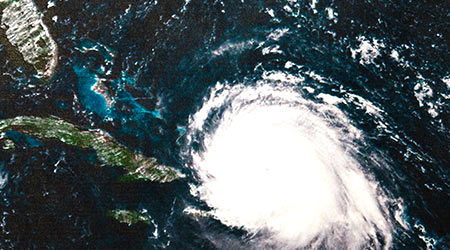
Automated Demand-Response Gaining Momentum
September 26, 2017
Many of you are probably already using a demand-response program in some form or another. It’s a simple way to shave a few bucks here and there from your monthly utility bill by undertaking temporary and voluntary reductions in energy use – lowering lighting, increasing the set point on the HVAC system slightly, or turning off a couple of elevators.
In the past, when you got notification from the utility of a demand-response event, which usually coincided with the afternoon peak hours when electricity demand is very high and expensive to produce, it came via text message, e-mail or phone call. Then you’d implement your demand-response plan and notify your occupants (or not?) that you would be in a demand-response event for the next several hours or so.
These days, though, with advances in technology and the increasing adoption of the Building Internet of Things, automated demand-response is becoming increasingly popular. If you’re not familiar, automated demand-response allows the utility to send a notification to a facility’s building automation system, at which time, the BAS or Building Internet of Things devices automatically initiate a pre-designed demand-response plan. The capability is amazing, and more often than not, occupants never notice demand-response events, such is the subtlety with which the algorithms for cutting energy can be designed.
So, with automated demand-response, the process of responding to an event is much easier, indeed it’s automatic. Automated demand-response is all the rage these days at trade shows and among utilities and ESCOs.
This Quick Read was submitted by Greg Zimmerman, executive editor, Building Operating Management. Read his cover story on the how sustainability and resilience complement each other.
Next
Read next on FacilitiesNet












